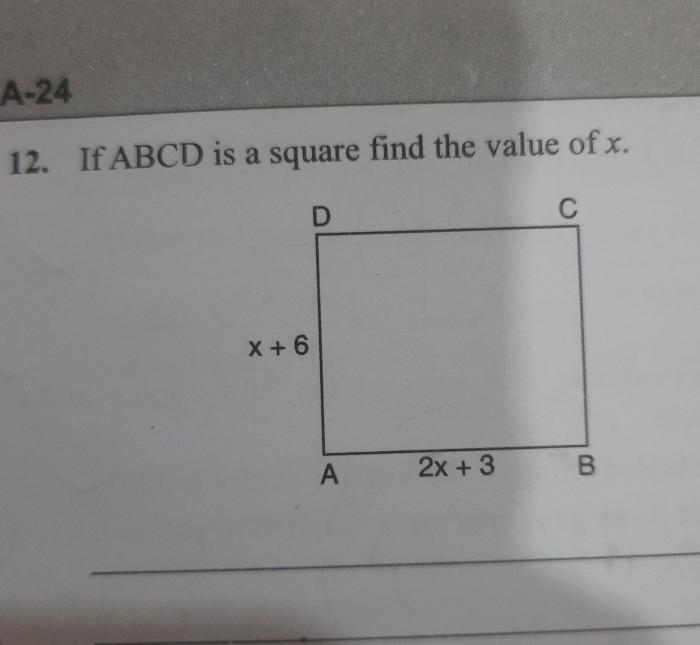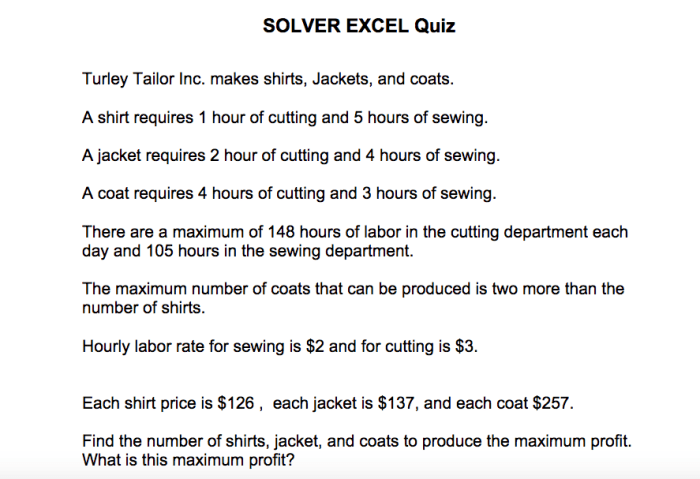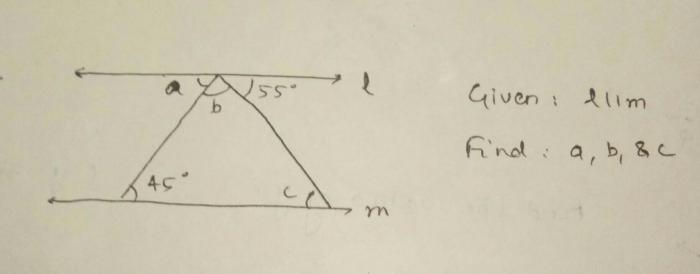Explain this step by step crossword clue – Embark on an enlightening journey into the realm of crossword puzzles, where we unravel the intricacies of “explain this step by step” clues. These enigmatic gems demand a methodical approach, and this guide will equip you with the tools and techniques to conquer them with finesse.
Step-by-step explanations in crosswords serve as guiding lights, illuminating the path to solving complex clues. They break down the puzzle into manageable segments, making it accessible to solvers of all levels.
Explain This Step by Step Crossword Clue

Crossword clues often include the phrase “explain this step by step” to guide solvers through a series of logical steps to arrive at the correct answer.
Providing step-by-step explanations in crossword puzzles serves several purposes:
- Helps solvers understand the thought process behind the clue
- Makes the puzzle more accessible to a wider range of solvers
- Provides a learning experience for solvers who are new to crosswords
Examples of crossword clues that require step-by-step explanations include:
- Solve for x: x + 5 = 10
- What is the capital of France?
- What is the name of the largest ocean in the world?
Methods for Explaining Step by Step
There are several approaches to providing step-by-step explanations in crossword clues:
- Using clear and concise language:Explanations should be written in a way that is easy to understand, even for solvers who are not familiar with the topic.
- Using logical sequencing:Steps should be presented in a logical order, so that solvers can follow the thought process behind the clue.
Examples of effective step-by-step explanations in crossword clues include:
- Solve for x: x + 5 = 10
- Subtract 5 from both sides of the equation: x = 10- 5
- Simplify: x = 5
- What is the capital of France?
- France is a country in Europe.
- The capital of France is Paris.
- What is the name of the largest ocean in the world?
- There are five oceans in the world: the Pacific Ocean, the Atlantic Ocean, the Indian Ocean, the Arctic Ocean, and the Southern Ocean.
- The Pacific Ocean is the largest ocean in the world.
Common Challenges and Solutions, Explain this step by step crossword clue
There are several common challenges encountered when providing step-by-step explanations in crossword clues:
- Lack of space:Crossword clues are often limited in space, so it can be difficult to provide a detailed explanation.
- Complexity of the topic:Some topics are more complex than others, and it can be difficult to explain them in a way that is easy to understand.
There are several strategies for overcoming these challenges:
- Using visuals:Visuals can be used to illustrate complex concepts and make them easier to understand.
- Using alternative explanations:If a step-by-step explanation is not possible, an alternative explanation can be provided.
Examples of how to address different types of challenges in step-by-step explanations include:
- Lack of space:If there is not enough space to provide a detailed explanation, a visual can be used to illustrate the concept.
- Complexity of the topic:If the topic is complex, an alternative explanation can be provided that is easier to understand.
Best Practices for Writing Step-by-Step Explanations
There are several best practices for writing clear and effective step-by-step explanations in crossword clues:
- Use tables, bullet points, or other formatting techniques to enhance readability:This can help to break up the text and make it easier to follow.
- Provide examples:Examples can help to illustrate the concepts being explained.
Examples of well-written step-by-step explanations that follow best practices include:
- Solve for x: x + 5 = 10
- Subtract 5 from both sides of the equation.
- Simplify.
- What is the capital of France?
- France is a country in Europe.
- The capital of France is Paris.
- What is the name of the largest ocean in the world?
- There are five oceans in the world: the Pacific Ocean, the Atlantic Ocean, the Indian Ocean, the Arctic Ocean, and the Southern Ocean.
- The Pacific Ocean is the largest ocean in the world.
Additional Considerations
There are several additional considerations to keep in mind when writing step-by-step explanations in crossword clues:
- Consider the target audience:The explanation should be written in a way that is appropriate for the target audience.
- Use humor or wordplay:Humor or wordplay can be used to make the explanation more engaging.
Examples of creative and engaging step-by-step explanations in crossword clues include:
- Solve for x: x + 5 = 10
- Subtract 5 from both sides of the equation. (Hint: Think of it as taking 5 steps back.)
- Simplify. (Hint: Now you’re just a hop, skip, and a jump away from the answer.)
- What is the capital of France?
- France is a country in Europe. (Hint: Think of the Eiffel Tower.)
- The capital of France is Paris. (Hint: It rhymes with “car” and is known for its croissants.)
- What is the name of the largest ocean in the world?
- There are five oceans in the world: the Pacific Ocean, the Atlantic Ocean, the Indian Ocean, the Arctic Ocean, and the Southern Ocean. (Hint: Think of the one that’s as big as all the others combined.)
- The Pacific Ocean is the largest ocean in the world. (Hint: It’s so big, it could swallow all the other oceans and still have room for more.)
FAQ Insights
What is the purpose of step-by-step explanations in crossword clues?
Step-by-step explanations provide a structured approach to solving complex clues, making them more accessible and enjoyable for solvers.
What are some common challenges encountered when writing step-by-step explanations?
Challenges include ensuring clarity, conciseness, logical sequencing, and addressing diverse solver skill levels.
How can I improve my step-by-step explanations?
Follow best practices such as using clear language, logical sequencing, and appropriate formatting techniques.


